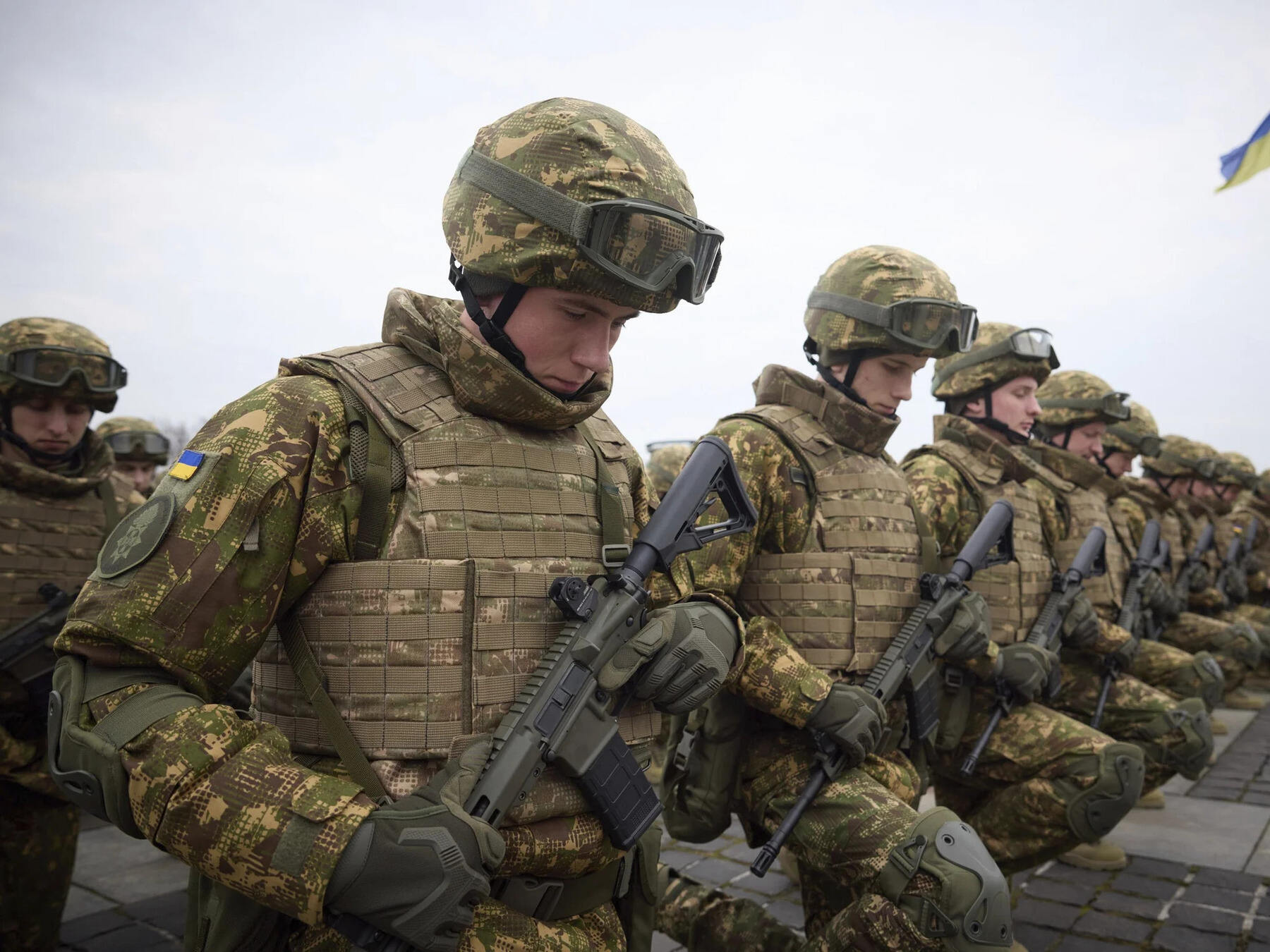
What was the Ukrainian Insurgent Army (UPA)? The Ukrainian Insurgent Army (UPA) was a nationalist military group formed during World War II. They aimed to establish an independent Ukrainian state, free from Soviet and Nazi control. Founded in 1942, the UPA primarily operated in Western Ukraine, engaging in guerrilla warfare against both German and Soviet forces. Their tactics included ambushes, sabotage, and hit-and-run attacks. The UPA's struggle continued even after the war, as they resisted Soviet rule well into the 1950s. Despite their controversial methods and alliances, the UPA remains a significant part of Ukrainian history, symbolizing the fight for national sovereignty.
Key Takeaways:
- The Ukrainian Insurgent Army (UPA) was formed in 1942 by the Organization of Ukrainian Nationalists (OUN) to fight for independence from Nazi Germany and the Soviet Union, using guerrilla tactics and an extensive intelligence network.
- The UPA's legacy as a symbol of Ukrainian resistance and independence continues to influence the country's history, with its controversial actions and post-war struggle against Soviet control shaping modern Ukraine's national identity and culture.
Origins of the Ukrainian Insurgent Army (UPA)
The Ukrainian Insurgent Army (UPA) played a significant role in the history of Ukraine during World War II. Here are some fascinating facts about its origins and early days.
- Formation Year: The UPA was officially formed in 1942, during the height of World War II.
- Founding Group: It was established by the Organization of Ukrainian Nationalists (OUN), a nationalist political organization.
- Primary Goal: The main aim was to achieve Ukrainian independence from both Nazi Germany and the Soviet Union.
- First Commander: Roman Shukhevych, a prominent Ukrainian nationalist, became one of the first commanders of the UPA.
- Initial Operations: Early operations focused on guerrilla warfare against German and Soviet forces.
Structure and Organization
Understanding the structure and organization of the UPA provides insight into how they operated and managed their insurgency.
- Military Hierarchy: The UPA had a well-defined military hierarchy, similar to regular armies.
- Regional Commands: It was divided into regional commands, each responsible for specific territories.
- Volunteer-Based: The army was primarily composed of volunteers from various parts of Ukraine.
- Training Camps: They established training camps in forests and remote areas to prepare their fighters.
- Intelligence Network: An extensive intelligence network helped gather information on enemy movements and plans.
Tactics and Strategies
The UPA employed various tactics and strategies to fight against their adversaries. Here are some key aspects of their approach.
- Guerrilla Warfare: Guerrilla tactics were the cornerstone of UPA's military strategy.
- Sabotage Operations: They conducted numerous sabotage operations against enemy supply lines and infrastructure.
- Ambushes: Ambushing enemy convoys and patrols was a common tactic.
- Propaganda: The UPA used propaganda to gain support from the local population.
- Hit-and-Run: Hit-and-run attacks allowed them to strike quickly and retreat before facing retaliation.
Relations with Other Groups
The UPA's relationships with other groups and nations were complex and often shifting. Here are some notable interactions.
- Conflict with Soviets: The UPA frequently clashed with Soviet partisans and the Red Army.
- Nazi Occupation: Initially, they fought against Nazi forces but later focused more on the Soviets.
- Polish Resistance: Relations with Polish resistance groups were strained, leading to violent conflicts.
- Support from Locals: Many local Ukrainians supported the UPA, providing food, shelter, and intelligence.
- Allied Perception: The Allies had mixed views on the UPA, seeing them as both potential allies and threats.
Legacy and Impact
The legacy of the UPA continues to influence Ukrainian history and identity. Here are some lasting impacts.
- Symbol of Resistance: The UPA remains a symbol of Ukrainian resistance and independence.
- Controversial Actions: Some of their actions, particularly against Polish civilians, remain controversial.
- Post-War Struggle: After World War II, the UPA continued to fight against Soviet control until the early 1950s.
- Historical Recognition: In modern Ukraine, the UPA is officially recognized as a national liberation movement.
- Cultural Influence: The UPA has influenced Ukrainian culture, including literature, music, and film.
Final Glimpse at the Ukrainian Insurgent Army
The Ukrainian Insurgent Army (UPA) played a significant role in the history of Ukraine. They fought for independence during World War II, resisting both Nazi and Soviet forces. Their tactics, often guerrilla warfare, were crucial in their struggle. Despite facing overwhelming odds, the UPA managed to sustain their efforts for years, showcasing their resilience and determination.
Their legacy remains controversial, with debates about their methods and alliances. However, their impact on Ukrainian nationalism and the fight for sovereignty can't be denied. The UPA's story is a testament to the complexities of war and the enduring spirit of those who seek freedom.
Understanding the UPA's history provides insight into Ukraine's past and the ongoing quest for national identity. Their struggle reminds us of the sacrifices made in the pursuit of independence and the enduring power of resistance.
Frequently Asked Questions
Was this page helpful?
Our commitment to delivering trustworthy and engaging content is at the heart of what we do. Each fact on our site is contributed by real users like you, bringing a wealth of diverse insights and information. To ensure the highest standards of accuracy and reliability, our dedicated editors meticulously review each submission. This process guarantees that the facts we share are not only fascinating but also credible. Trust in our commitment to quality and authenticity as you explore and learn with us.
